
Heliox: Where Evidence Meets Empathy 🇨🇦
Join our hosts as they break down complex data into understandable insights, providing you with the knowledge to navigate our rapidly changing world. Tune in for a thoughtful, evidence-based discussion that bridges expert analysis with real-world implications, an SCZoomers Podcast
Independent, moderated, timely, deep, gentle, clinical, global, and community conversations about things that matter. Breathe Easy, we go deep and lightly surface the big ideas.
Curated, independent, moderated, timely, deep, gentle, evidenced-based, clinical & community information regarding COVID-19. Since 2017, it has focused on Covid since Feb 2020, with Multiple Stores per day, hence a sizeable searchable base of stories to date. More than 4000 stories on COVID-19 alone. Hundreds of stories on Climate Change.
Zoomers of the Sunshine Coast is a news organization with the advantages of deeply rooted connections within our local community, combined with a provincial, national and global following and exposure. In written form, audio, and video, we provide evidence-based and referenced stories interspersed with curated commentary, satire and humour. We reference where our stories come from and who wrote, published, and even inspired them. Using a social media platform means we have a much higher degree of interaction with our readers than conventional media and provides a significant amplification effect, positively. We expect the same courtesy of other media referencing our stories.
Heliox: Where Evidence Meets Empathy 🇨🇦
Native Sparse Attention: How AI is Finally Learning to Remember
In this mind-bending episode, we dive deep into Native Sparse Attention (NSA), the breakthrough technology solving AI's memory problems. Like humans struggling to recall the beginning of a lengthy novel, our most sophisticated AI systems face similar challenges with long-context modeling. But what if machines could read and process massive documents with lightning speed? Our hosts unpack how NSA's revolutionary three-pronged attack—compression, selection, and sliding window techniques—creates a memory system that's not just faster, but fundamentally more efficient. With processing speeds up to 11.6 times faster than conventional methods, NSA isn't just an incremental improvement—it's potentially transformative for everything from medical diagnoses to legal research. But as with all technological leaps, questions linger: Will this technology scale? What happens to human jobs? Are we creating tools that enhance humanity or replace it? Join us for this fascinating exploration of how AI is learning to remember—and what that means for our collective future.
Native Sparse Attention: Hardware-Aligned and Natively Trainable Sparse Attention
https://arxiv.org/abs/2502.11089
This is Heliox: Where Evidence Meets Empathy
Independent, moderated, timely, deep, gentle, clinical, global, and community conversations about things that matter. Breathe Easy, we go deep and lightly surface the big ideas.
Thanks for listening today!
Four recurring narratives underlie every episode: boundary dissolution, adaptive complexity, embodied knowledge, and quantum-like uncertainty. These aren’t just philosophical musings but frameworks for understanding our modern world.
We hope you continue exploring our other podcasts, responding to the content, and checking out our related articles on the Heliox Podcast on Substack.
About SCZoomers:
https://www.facebook.com/groups/1632045180447285
https://x.com/SCZoomers
https://mstdn.ca/@SCZoomers
https://bsky.app/profile/safety.bsky.app
Spoken word, short and sweet, with rhythm and a catchy beat.
http://tinyurl.com/stonefolksongs
Curated, independent, moderated, timely, deep, gentle, evidenced-based, clinical & community information regarding COVID-19. Since 2017, it has focused on Covid since Feb 2020, with Multiple Stores per day, hence a large searchable base of stories to date. More than 4000 stories on COVID-19 alone. Hundreds of stories on Climate Change.
Zoomers of the Sunshine Coast is a news organization with the advantages of deeply rooted connections within our local community, combined with a provincial, national and global following and exposure. In written form, audio, and video, we provide evidence-based and referenced stories interspersed with curated commentary, satire and humour. We reference where our stories come from and who wrote, published, and even inspired them. Using a social media platform means we have a much higher degree of interaction with our readers than conventional media and provides a significant amplification effect, positively. We expect the same courtesy of other media referencing our stories.
ever get sucked into a book, you know, and then like halfway through it's like, wait, what happened at the beginning? Happens to me all the time. Right. And it turns out even our super fancy AI, you know, they can struggle with remembering a ton of information. Yeah. That's this whole problem of like long context modeling. It is. Yeah. Which is why you sent us this paper on native sparse attention, right? Thanks to the one. So today we're going deep on this whole idea of sparse attention. And specifically we're going to be looking at NSA's approach to it. Is it really the solution, you know, to AI's memory problems? And what does that even mean for us? Like in real life? I think those are the big questions we're going to try to unpack today. So I think, you know, maybe the best place to start is really understanding the problem. Okay. Right. So, you know, standard attention is how AI focuses on right parts of a text, right? Kind of like when we're reading a book, we might highlight important passages, but with really, really long texts, it gets incredibly slow. Like trying to load a website that just never loads. Yeah. Yeah, exactly. Like, oh, just tons of lag, tons of waiting. And actually the paper, they put some numbers to that. Yeah, I saw that. They mentioned like 70 to 80% latency for 64,000 length cohex. Wow. Which is wild. That's a huge chunk of processing time. Yeah. But then- A lot of text, but still 60%. It is, but then like, boom, you know, figure one hits us with like NSA's claim that there are these massive speed improvements over standard attention. And it's almost like, you know, too good to be true. Right. Well, they kind of address that, don't they? Yeah, they do. In the paper, they say that a lot of these sparse attention solutions are only fast in very specific scenarios. Yeah. Like when they're, you know, like prepping the context, but then when they're actually like generating output, then they slow way down. It's like having a race car that's only fast on straightaways, right? Yeah, I like that analogy. And then to make it even more complicated, they point out that some of these sparse methods, they don't play well with like MQA and GQA. Right. Which I got to be honest, I need a little bit of a refresher on exactly what those are. Oh yeah. So those are basically ways of boosting AI efficiency, right? So think of them as like specialized tools, right? Okay. If you're a carpenter, you need the right saw for the right cut, right? Okay, yeah. So some of these sparse methods, they don't fit those tools, so they can't really use them. Got it. So it kind of hinders how effective they can be. So just being sparse isn't enough. Right. You got to be like sparse, but in a very specific way. Exactly. It has to work well across the board and it has to work well with those, you know, specialized tools. Which brings us to NSA's big idea, which is natively trainable sparsity. It sounds very, very fancy, but what does it actually mean? So basically, instead of trying to kind of add sparsity later on as an afterthought, right? Yeah. NSA is designed to be sparse from the ground up. Okay. So the AI learns to be efficient with its attention right from the start. And that actually leads to better performance and efficiency during training. So it's like the AI is learning to be a picky reader right from the get go. That's a great way to put it. But they mentioned in the paper, other attempts at this, like clustering. Yeah. Which honestly sounds kind of messy. Yeah. Why not just like stick with that? So those approaches have limitations, right? And NSA is inherently kind of designed to be more efficient. Okay. And what they really emphasize in the paper is how this native training actually leads to better performance and efficiency during the training process. Okay. And that's important because that means faster learning and less computing power needed. Okay. Which ultimately makes AI more powerful and accessible. Got it. Yeah. Okay. I can see why we're excited about this. Right. And speaking of exciting, they dive into NSA's three-pronged attack, right? Yeah. Compression, selection, and the sliding window. Oh yeah. Intense. It is intense. So imagine the AI is reading this massive document, right? Right. Compression creates like a TLDR for each section. Yeah. Selection then picks out- Picks out the key sentences. The key sentences in each of those summaries. Exactly. And then finally, the sliding window is keeping track of kind of- The most recent sentences. Yeah. The most recent ones. Yeah. So it can refer back to them if it needs to. I love that. Yeah. It's like having a really good note-taking system. Exactly. And they even give us a diagram for this figure too, so you can actually visualize it. But- Yeah. Yeah. Let's break it down a little further. Right. So for compression, they mentioned that the AI uses what's called a learnable MLP. Yeah. What is that? So basically, it's a way for the AI to create its own summaries, right? So it can figure out what information is really important to keep and what it can kind of condense. Okay. So it's not just randomly picking sentences for the selection part. No. No, it's not. It's actually doing it in a way that makes sense. Yeah. It's using a lockwise approach. So it's picking out whole chunks of text. Got it. And that's actually, not only is it more efficient for the hardware, but it also kind of mimics natural attention patterns. Okay. Interesting. Yeah. And then the sliding window, they say that it helps prevent what's called shortcut learning. Yeah. Explain that to me. Like, I've never even seen a computer before. Okay. So imagine you're trying to learn a new language, right? Yeah. But you're relying only on a translation app. Okay. So you might pick up a few words here and there. Right. But you're never going to really become fluent. Right. So the sliding window is kind of like, Okay. forcing the AI to actually learn the language. Okay. Of long context. So it's like taking away the AI's training wheels. Exactly. It made it think for itself. Make it really think. Yeah. But it's not just about these three things individually, right? Right. It's how they work together. Exactly. So there's this gating mechanism. Okay. And that decides kind of which of the three strategies to prioritize for different parts of the text. So it's like the AI is a master strategist. It is. It's learning to be a strategist. It's figuring out the best tool for the job. At any given moment? At any given moment. Yeah. Right. This is all incredibly clever. Yeah. But the question is, does it actually work? Right. And they throw a lot of tests at it in this paper. They do. We've got general benchmarks. We've got a special long context benchmark called LongBench. And we even got some AIME math problems. Yeah. Yeah. They threw the whole kitchen sink at it. AIME. Wait, those are those crazy hard math problems. Yeah. Like the super smart high school kids? Yeah. Yeah. Yeah. Oh, wow. Yeah. And what do we see? Does it pan out? So, yeah. So the highlight reel, right? Yeah. Shows NSA beating full attention in a lot of these tests. Especially the ones that involve long context and kind of complex reasoning. Interesting. Yeah. There's that needle in a haystack test. Yes. Figure five. Five. Yeah. Where the AI had to find a specific piece of information. Yeah. Buried in a ton of text. Yeah. NSA found it perfect. I found it perfect. But I feel like there's always a but. There's always a but. There's gotta be. Yeah. There's more to the story. Okay. And it involves kind of getting into the nitty gritty of how they made NSA actually work. Okay. So efficiently on GPUs. Okay. Hold that thought. Okay. Because I'm very curious about the GPU stuff. Yeah. Before we go there, like, why does any of this matter? Yeah. That's a great question. To our listener. Right. Why should they care? So it comes down to how this technology could actually change how AI solves real world problems. Okay. Right? So think about legal documents, scientific research, historical archives. Yeah. All this stuff is full of really long, complex text. Yeah. And if AI can understand this information quickly and accurately, it could change everything. Okay. From how we learn to how we do research. Okay. Now you're talking. Yeah. Now I'm interested. Yeah. I can definitely see the appeal of AI helping me decipher dense legal contracts or something. Absolutely. But tell me more about those GPUs. All right. And how they fit into all this. Let's do it. We can't leave our listener hanging. Okay. Let's go. Okay. So those GPUs, let's get into it. All right. Yeah. The paper gets really deep on how they optimized NSA to run on these super powerful processors. Right. They talk about arithmetic intensity. Yes. Which sounds a little scary to me, to be honest. It's not as bad as it sounds. It's really just about balancing the workload, right? Okay. Between computation and memory access. Okay. So GPUs are amazing at computation, but accessing memory can really slow them down. Okay. So NSA is designed to kind of minimize those memory bottlenecks. Okay. So it's working smarter, not harder. Exactly. There's a cool diagram, figure three, right? Yeah. That shows how they optimize those queries. Yeah. The queries. Yeah. It's like, it reminded me of like a team working together really well. That's a great analogy. Right. Where everything just flows smoothly. Yeah. Where everyone's in sync and it works. Right. Yeah. So they get these awesome results, like up to nine times faster training. Wow. And like crazy 11.6 times faster decoding for those long sequences. That's insane. I mean- Yeah. It's huge. That could completely change how we use AI. Absolutely. Like things that used to take hours or days- Yeah. Suddenly could be done in minutes. Exactly. But they do mention some limitations, right? Yeah. Section six, they talk about some of the challenges that they ran into with other sparse attention methods. Yeah. Yeah. It's nice that they're like upfront about it. It is. It's good science, right? Yeah. Yeah. You got to acknowledge the limitations. The bumps in the road. Yeah. The bumps in the road. Makes you wonder though, with all those potential problems, is NSA really the be all, end all solution? That's a fair question. And I think the researchers even admit that there's still a lot of work to do. Okay. For example, they really focused on optimizing NSA for GPUs. Right. Which are the workhorses of AI right now. Exactly. Exactly. But what about other types of hardware? Yeah. That's a big question. Will it be as efficient? Yeah. It's like you have a recipe that works great in one kitchen, but then you try to make it in a different kitchen. Right. Different oven, different- Different oven, different tool. Yeah. You might need to make some adjustments. Adapt it. Yeah. Exactly. So adapting NSA to different hardware, that's going to take some cleverness. Some real ingenuity. Yeah. For sure. And then there's the question of scalability, right? Right. So they tested NSA on a model with 27 billion parameters. Okay. Which is huge. Which is huge. But some of the models today, they have hundreds of billions, even trillions of parameters. Yeah. It's getting crazy. Getting crazy, right? Yeah. So will NNA actually work at that scale? Right. That's something that future research will need to look at. So NSA, it's a big step forward. Yeah. But it sounds like the journey's not over. The journey's not over, no. But let's dream big for a second. Okay. What could this technology mean for the world if it really does live up to all the hype? Okay. So imagine a world where AI can actually understand and respond to our needs. Okay. Even in the most complex and nuanced situations, right? Okay. So doctors using AI to diagnose diseases with incredible accuracy. Lawyers navigating really complex legal issues. Scientists making groundbreaking discoveries in record time. Okay. I'm getting chills just thinking about it. It's exciting. Yeah. It's really exciting. But with great power comes great responsibility, right? Right. Yeah. What about the potential downsides? We talked about misuse earlier. Yeah. But what about the impact on jobs? Right. If AI can do so much, what happens to all the people? That's a really important point, and it's something we have to be mindful of. Yeah. As AI gets better and better, we need to think about how we can adapt, right? Our education systems, our job training programs. Retraining? Yeah, exactly. We need to prepare people for the future. Yeah. It's not about replacing humans. It's about finding ways for humans and AI to work together. Okay. Augmenting each other's strengths. So not humans versus AI. Right. But humans with AI. Exactly. I like that. That's a much more optimistic way to look at it. Absolutely. Well, we've taken our listener on quite a ride so far. Started with this dense paper. Yeah. Now we're talking about the future of humanity. Yeah. That's what I love about these deep dives. It's crazy. You start with one question. Yeah. And it leads you to these much bigger questions about our species, our future. Speaking of exploring, you remember that visualization of the attention map? Oh, yeah. Figure eight? Figure eight, yeah. It showed that even standard attention- Yeah. Has these block-like patterns. It does. It does. Almost like the AI is grouping information together. Yeah. It's instinctively doing that. Yeah. Yeah. And it makes you wonder, is NSA tapping into something fundamental there? Right. Right. Is that how attention works on a deeper level? It's like our own brains, right? Exactly. Like we think we're paying attention to everything- Yeah. But really our focus is shifting. It's shifting. And we're prioritizing certain things over others. That's such a cool connection. It makes you wonder, if AI is kind of mirroring how our brains work- Yeah. Could studying NSA actually teach us something about humankind? Whoa. That's a deep thought. I know, right? We came here to talk about AI reading long documents- Yep. And now we're talking about the mysteries of the human brain. It's a wild ride. It is a wild ride. But, but, but before we go down that rabbit hole- Yeah. There's one more thing we need to talk about. Okay. There's more. There's one more crucial piece of the puzzle. All right. Lay it on me. We've talked about how NSA works. Yeah. We've talked about its potential impact. Right. But we haven't really talked about why this matters to you. Right. To the listener. To the listener. Yeah. Why should they care? Why should they care about any of this? That's the million dollar question. Yeah. All right. You've got me hooked. Why should I care about all this? NSA, AI getting super fast at reading, tons of stuff. How's it going to change my life? Well, that's the big question, right? All this cool tech stuff, it has to actually do something for us. Right. Remember those crazy speed boosts? Nine times faster training, 11.6 decoding. Yeah. It was mind blowing. That's not just for the AI nerds, right? So it's more than just saving a few minutes here and there. Way more. Think about anything where you're dealing with mountains of text. Okay. Yeah. Legal cases, financial reports, even just trying to wrap your head around some crazy science paper. Oh yeah. I've been there. NSA could make all that like 10 times faster. Okay. So what used to take me days- Could be hours. And hours are now minutes. Exactly. And that's something I can get behind AI actually helping me out in real life. Right. But we were talking about those challenges, right? Didn't they mostly focus on DPUs, those specialized AI chips? Yeah. Good point. Getting this to work on your everyday computer, that's something you're still working on. Okay. Kind of like if you had a super fancy engine for a race car, right? Yeah. To put that in a regular car, you'd need to tweak it. Same idea, but the details are tricky. So there's work to do, but let's say they figure it out. NSA is everywhere. What's that world look like? Imagine AI assistants that actually get what you need, even when it's complicated. Okay. They can read all those long documents, summarize stuff from everywhere, and give you advice that actually makes sense. So like a doctor, they could look at your entire medical history, all the latest research, and figure out what's wrong way faster. Exactly. That's kind of wild. It is. It's like having your own research team just there whenever you need them. Okay. But what about creative stuff? Writers, artists, music, is it there too? Oh, absolutely. Imagine an AI that's read all of Shakespeare or listened to every Beethoven symphony. Wow. And then it helps you write or compose or paint something totally new, but inspired by the greats. That's a little scary too, to be honest. Yeah. This stuff is advancing so fast. It is. It's exciting, but also, what about jobs? If AI can do all this, where does that leave us? You're right to ask that. It's something we've got to be smart about. As AI gets better, we've got to change how we teach people, how we train them for jobs. Like retraining and stuff? Exactly. This isn't about AI taking over. It's about figuring out how people and AI can work together. So not us versus AI. Right. But us with AI. That's the idea. Okay. I like that way better. Yeah. AI should be a tool that helps us, not something that replaces us. It's all about using it responsibly, right? Shouldn't have said it better myself. Well, I think we've given everyone a lot to think about today. We have. From the nitty gritty details of this paper to the future of humanity and everything. It's what I love about these deep dives. It's wild. We start with one thing and it just opens up all these other questions. So to everyone listening, if you're curious, go check out the paper. Yeah, dig in. Keep asking questions because this stuff is happening now. Your voice matters in all this. It does. And remember, AI isn't some far off thing anymore. It's already here. It is. The more we understand it, the better we can shape it. For the better, hopefully. That's a great note to end on. Thanks for joining us on this deep dive into native sparse attention. At pleasure. Until next time, keep learning, keep exploring, and keep on diving deep. That's iChi.
Podcasts we love
Check out these other fine podcasts recommended by us, not an algorithm.

Hidden Brain
Hidden Brain, Shankar Vedantam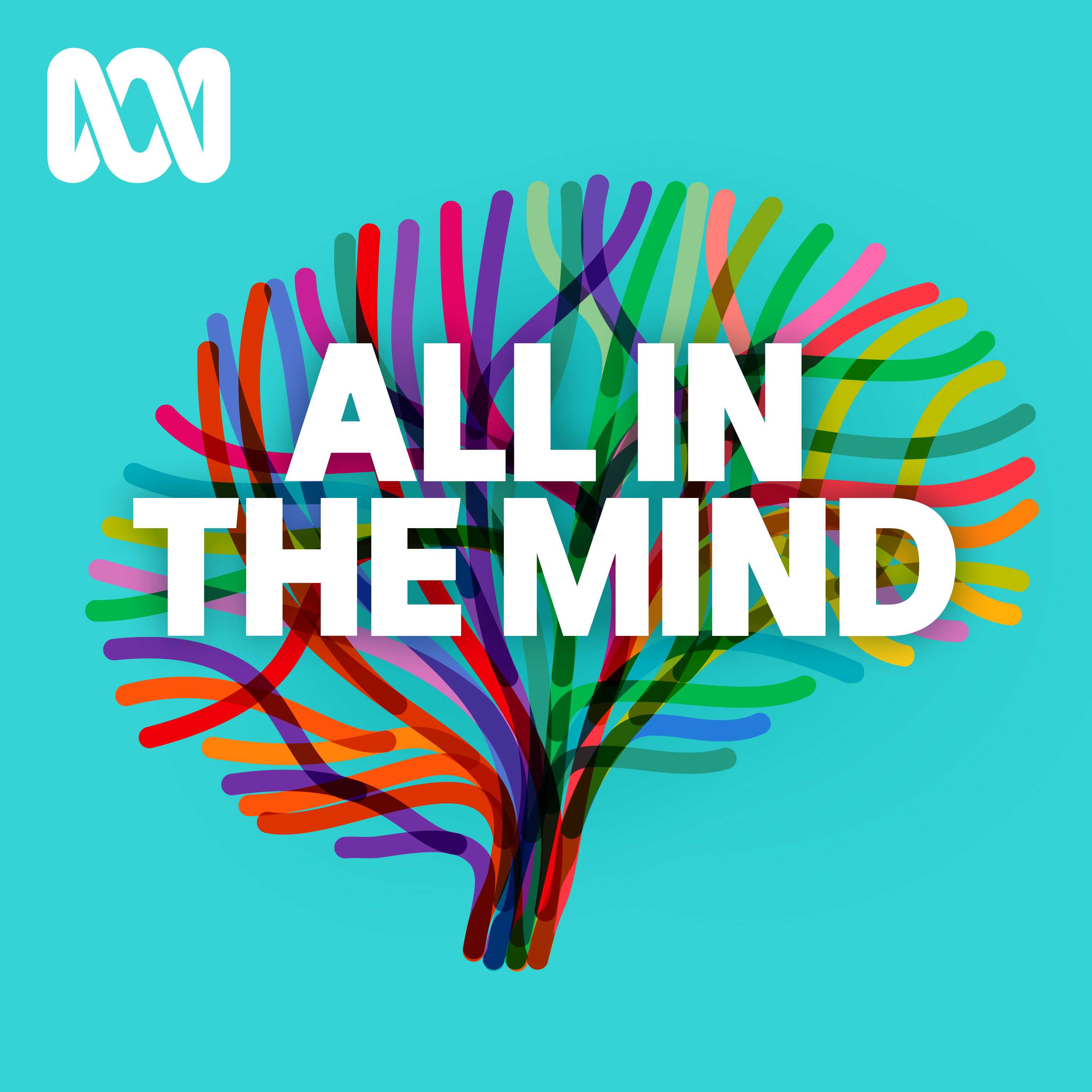
All In The Mind
ABC
What Now? with Trevor Noah
Trevor Noah
No Stupid Questions
Freakonomics Radio + Stitcher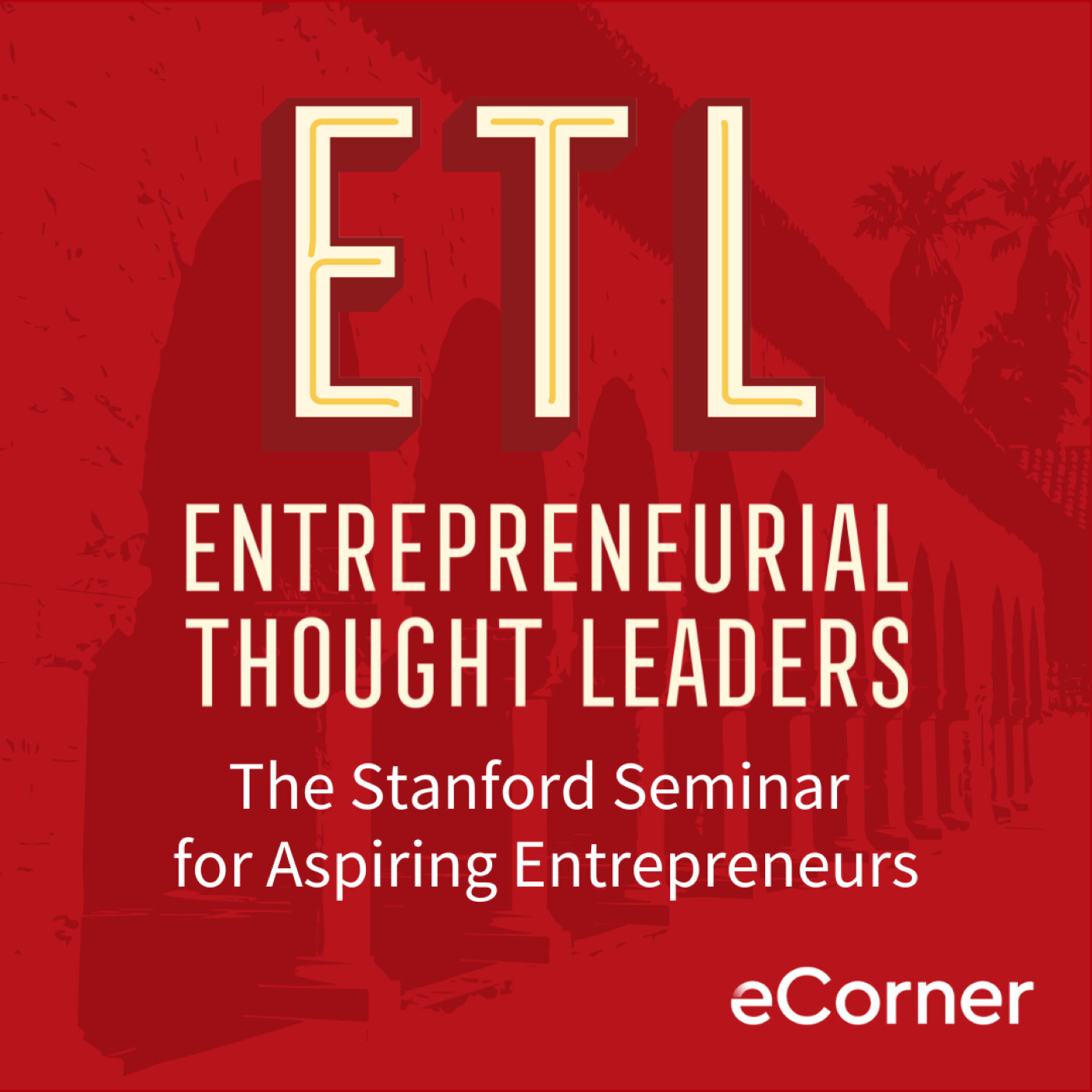
Entrepreneurial Thought Leaders (ETL)
Stanford eCorner
This Is That
CBC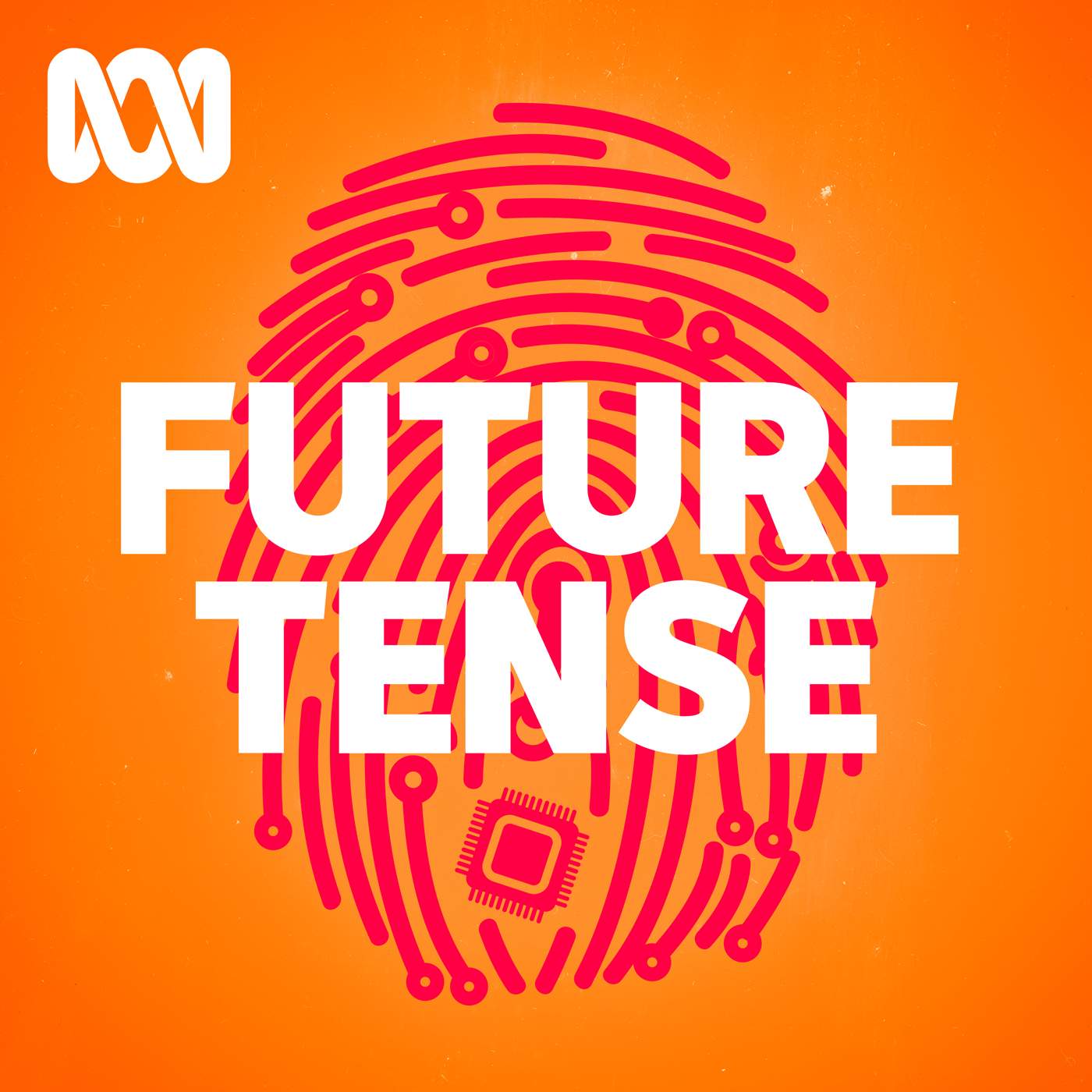
Future Tense
ABC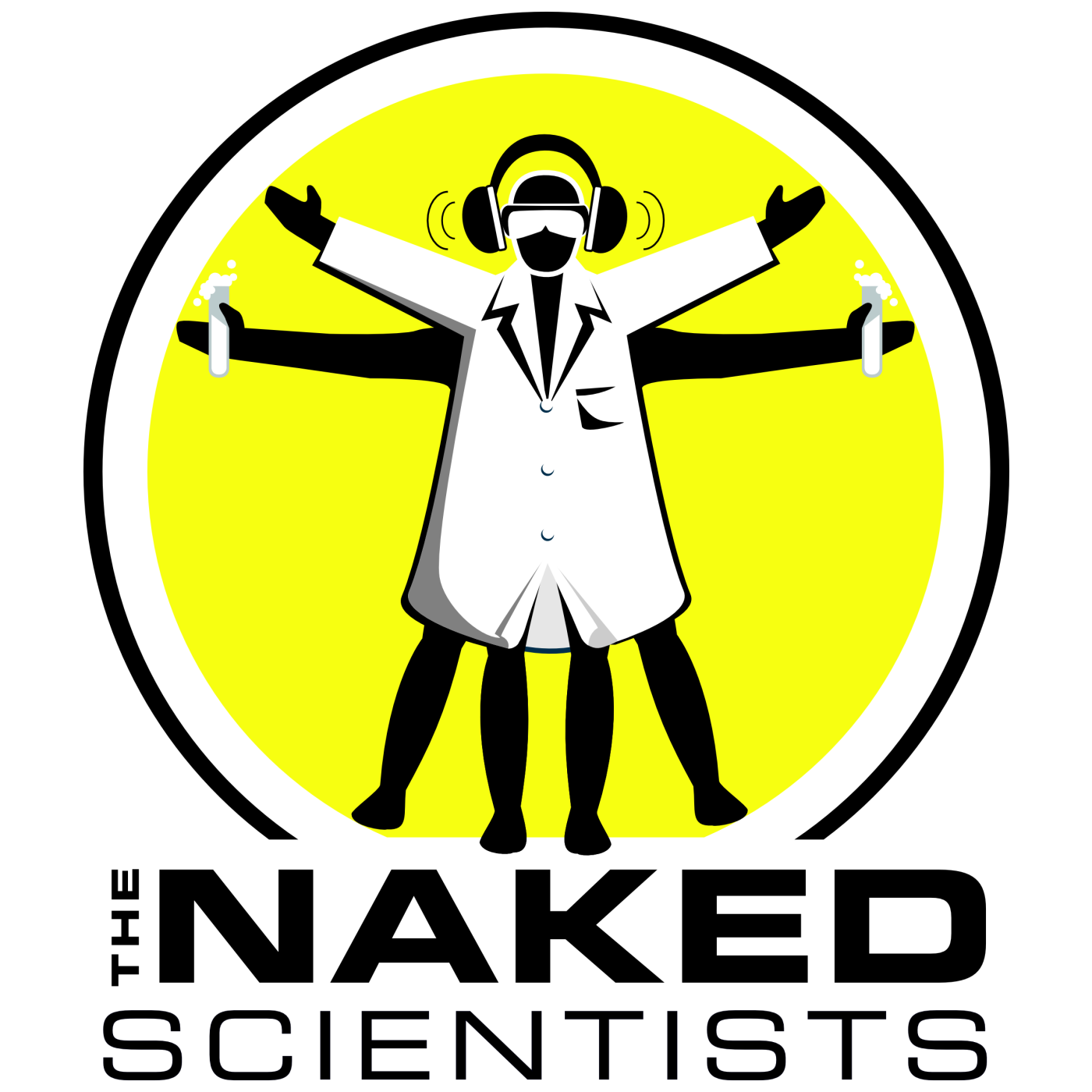
The Naked Scientists Podcast
The Naked Scientists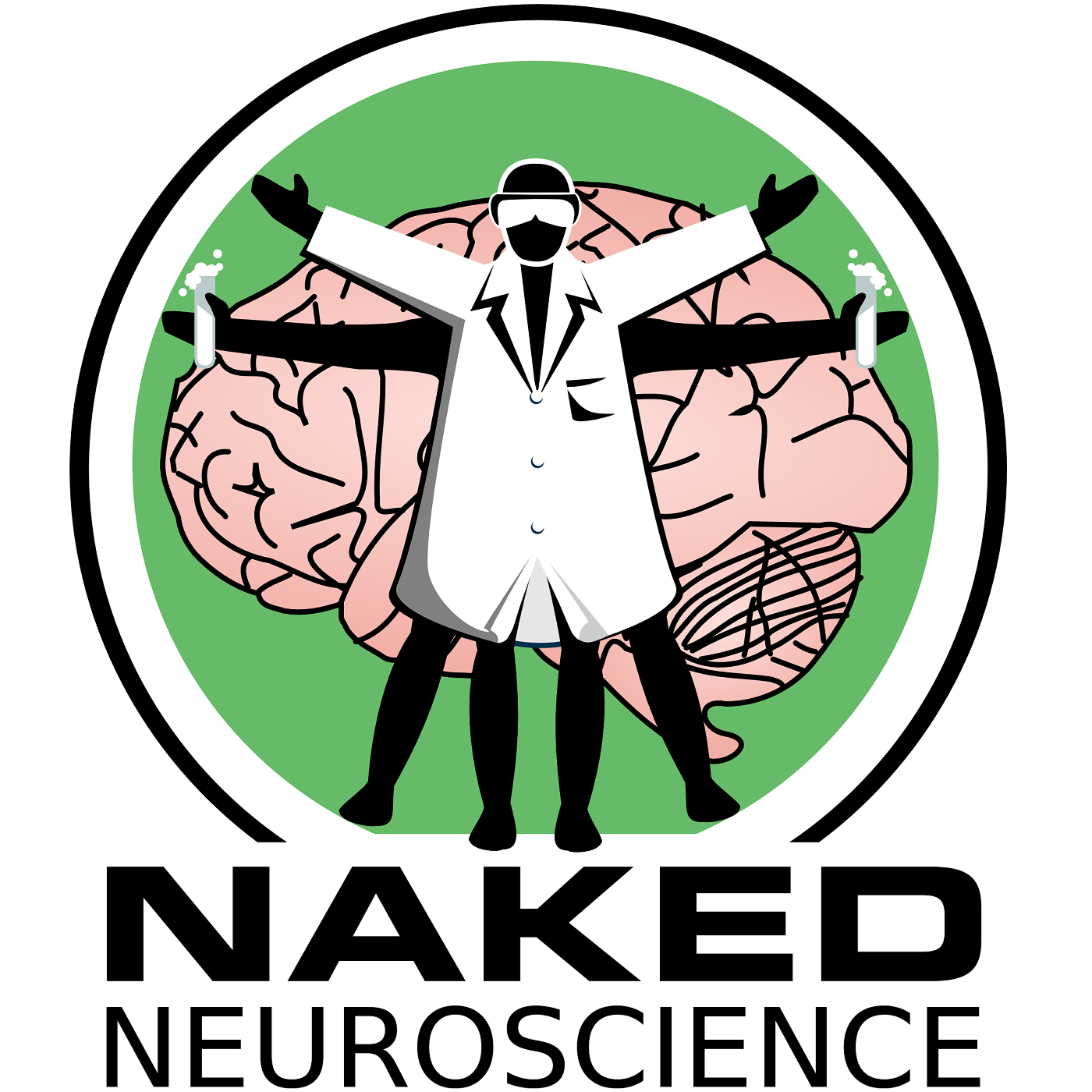
Naked Neuroscience, from the Naked Scientists
James Tytko
The TED AI Show
TED
Ologies with Alie Ward
Alie Ward
The Daily
The New York Times
Savage Lovecast
Dan Savage
Huberman Lab
Scicomm Media
Freakonomics Radio
Freakonomics Radio + Stitcher
Ideas
CBC

